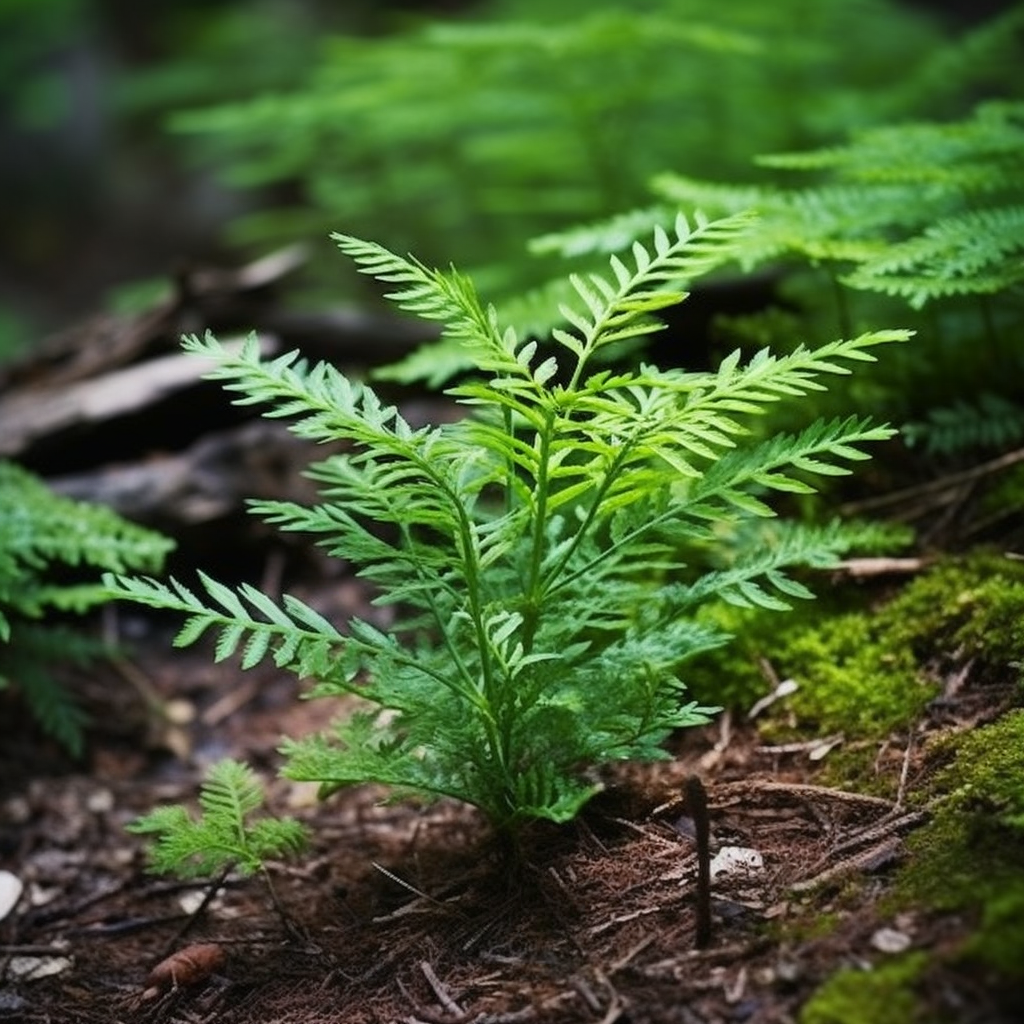Story of Day :
Contents
The Hemlock Plant: Complete Guide and Care Tips
As a garden blogger, I have come across various plants that can add beauty and elegance to any garden. However, some plants require extra care and attention to thrive in their environment. One such plant is the hemlock plant, which has a reputation for being poisonous.
What is a Hemlock Plant?
Hemlocks are evergreen trees or shrubs belonging to the genus Tsuga. There are five species of hemlocks native to North America and Asia. The Eastern Hemlock (Tsuga Canadensis) is commonly found in gardens throughout North America.
The hemlock tree is known for its distinct needles that grow singly from tiny stalks, giving them a flat appearance compared to other conifers like spruces or pines. The tree’s bark is grayish-brown with deep furrows, making it easy to identify.

Care Tips for Hemlocks
Hemlocks are beautiful trees that can add an elegant touch to any garden. Here are some tips on how you can take care of your hemlocks:
- Location: Choose an area with well-draining soil where your hemlock will receive partial shade or full sun. Make sure there’s enough space around the plant as it requires plenty of room for growth.
- Watering: Keep the soil moist but not waterlogged as excess water can cause root rot and damage your plant.
- Fertilizing: Apply slow-release fertilizer during spring when new growth appears on your tree.
- Mulching: Spread organic mulch around the base of your tree during summer months when temperatures rise to help retain moisture and suppress weeds.
- Pruning: Hemlocks require minimal pruning but should be trimmed to remove dead or damaged branches. Prune in late winter or early spring before new growth appears on your tree.
- Pest Control: Hemlocks are susceptible to woolly adelgids, a small insect that feeds on the tree’s sap. If you notice any infestation, seek professional help as untreated infestations can lead to severe damage and even death of your plant.
The Truth About Poisonous Hemlock Plants
Hemlock trees have a reputation for being toxic due to the presence of Cicutoxin in the roots, stems, leaves, and seeds. However, it is important to note that hemlock plants (Conium maculatum) are different from hemlock trees (Tsuga species).
Hemlock plants are highly poisonous and can cause respiratory failure in humans and animals if ingested. The plant contains Coniine alkaloids that affect the central nervous system causing muscle paralysis leading eventually leading death from asphyxiation. This plant was indeed used by ancient greeks for capital punishment because of its lethality.
To avoid confusion between these two distinct species having similar names never confuse Tsuga with Conium maculatum when planting your garden
In Conclusion
Despite their reputation for being poisonous plants there is no reason not to include HEMLOCK TREES in your garden given proper care maintenance they add a unique elegance often lacking from other conifers such as spruces or pines.. With proper care tips such as careful location selection,maintaining soil moisture levels,and protecting against pests like wooly adelgids ,you can enjoy the beauty of this elegant conifer for years to come.
